Original 2000s silkscreen print “Heros” by the great Italian avant-garde artist Mimmo Rotella.
Signed in full at lower right.
Original dry stamp “Stamperia Berardinelli Verona Italy”
Original multiple collage type model on silkscreen on which the artist has made scratches.
This work, never before on the market, comes from a private collection and is beautified by an impressive original frame in ebonized wood, in almost perfect condition.
This work is also protected by glass
Certificate of authenticity issued by Sabrina Egidi official Expert in Italian furniture for the Chamber of Commerce of Rome and for the Rome Civil Courts.
Born in 1918 in Catanzaro into a middle-class family, in 1945 he moved to Rome where he frequented the young avant-garde made up of the exponents of Gruppo Forma 1 (Carla Accardi, Ugo Attardi, Pietro Consagra, Piero Dorazio, Mino Guerrini, Achille Perilli, Antonio Sanfilippo and Giulio Turcato).
After his figurative beginnings and early experiments, he began to paint abstract-geometric pictures inspired by the works of Vasilij Kandinskij and Piet Mondrian.
In 1950, he exhibited in Paris at the Salon des Réalités Nouvelles.
In February 1951, he participated in the exhibition 'Abstract and Concrete Art in Italy - 1951' organised by Palma Bucarelli and Giulio Carlo Argan at the National Gallery of Modern and Contemporary Art in Rome.
In 1951 he was awarded a scholarship by the Fulbright Foundation, which allowed him to go to the United States as an 'Artist in Residence' at the University of Kansas City.
In 1952, he held his second solo exhibition at the William Rockhill Nelson Gallery of Art in Kansas City.
For Harvard University, he completed a performance of epistaltic poetry. In the autumn he returned to Rome, devoting himself to phonetic production.
In 1953, he realised that the pictorial medium was no longer a suitable medium for the expression of his poetics and suddenly had what he called a 'Zen enlightenment': the discovery of the advertising poster as an artistic expression.
This is how décollage was born: Rotella took pieces of posters torn off the street from the walls of Rome and glued them to the canvas, then reworked them in the studio, adopting the collage of the Cubists and contaminating them with elements borrowed from an informal matrix close to Hans Arp and Jean Fautrier and with the Dadaist ready-made. Still in 1955, Carlo Cardazzo organised an exhibition entirely dedicated to décollage and retro d'affiches in his Galleria del Naviglio in Milan.
His works are exhibited in London, at the Institute of Contemporary Arts (ICA).
In 1958 he took part in the exhibition 'New Trends in Italian Art' organised by Lionello Venturi at the Rome branch of the Rome-New York Art Foundation. The following year he met the French critic Pierre Restany, with whom he began a long association.
In 1960 he joined the Nouveau Réalisme of which Pierre Restany was the theoretician and which brought together, among others, Yves Klein, Spoerri, Tinguely, César, Arman, Christo and Niki de Saint Phalle.
Along with décollages, Rotella also executed assemblages and ready-mades with objects purchased from junk dealers such as bottle caps, ropes, wicker baskets and pieces of fabric.
In May 1961 he exhibited in the historic exhibition À 40° au-dessus de Dada, curated by Restany at Galerie J in Paris. In 1962, the same French gallery hosted the series of works inspired by the world of cinema on the occasion of the 'Cinecittà' exhibition.
His décollages from the early 1960s are characterised by the presence of stars of the silver screen and music such as Marilyn Monroe, Liz Taylor, Marlon Brando and Elvis Presley.
During this last exhibition, his work was compared with artists from France (Arman, Christo, Raymond Hains, Yves Klein, Martial Raysse, Daniel Spoerri, Jean Tinguely), Italy (Enrico Baj, Gianfranco Baruchello, Tano Festa, Mario Schifano), and the USA (Peter Agostini, Jim Dine, Robert Indiana, Roy Lichtenstein, Robert Moskowitz, Claes Oldenburg, James Rosenquist, George Segal, Andy Warhol, Tom Wesselmann).
In 1964 he was invited to exhibit at the Venice Biennale with a solo room.
The same year he was indicted for possession of drugs and imprisoned in Regina Coeli for about five months. Embittered by the judicial events, he moved to Paris where he continued the production of photographic reports (or reportages),
At the end of 1967, he moved to New York, hosted by his friends Christo and Jeanne-Claude, where he met Andy Warhol.
He returned to Paris at the end of 1968 and continued his exhibition activities.
At the beginning of the 1970s, he produced a number of works by intervening on the advertising pages of magazines using solvents and reducing them either to the impression stage (frottage) or erasing them (effaçage).
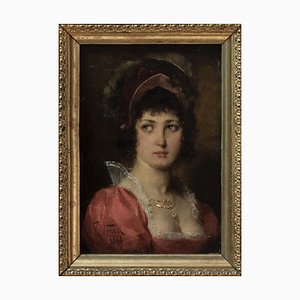
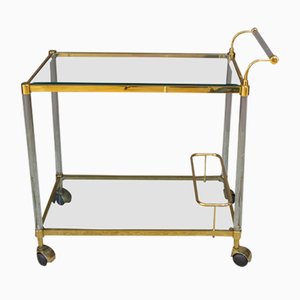
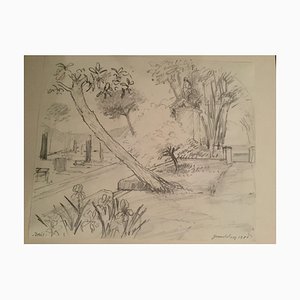
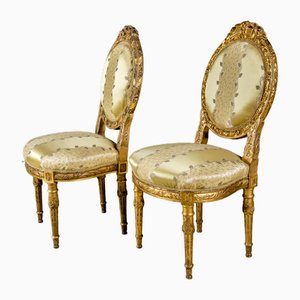
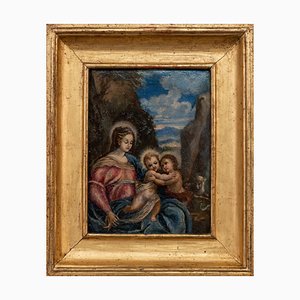
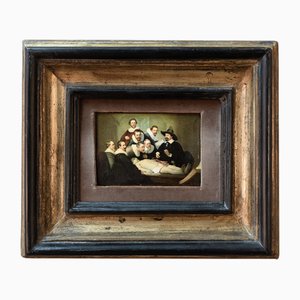
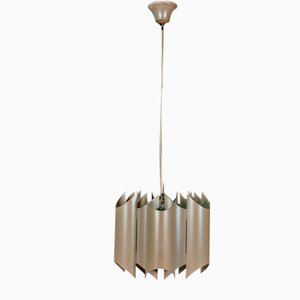
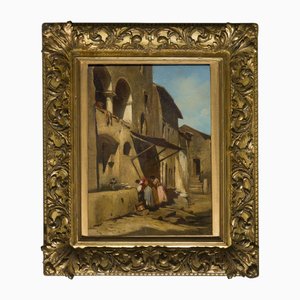

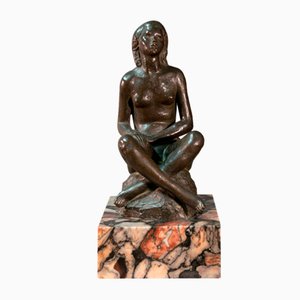
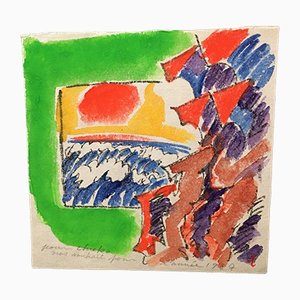
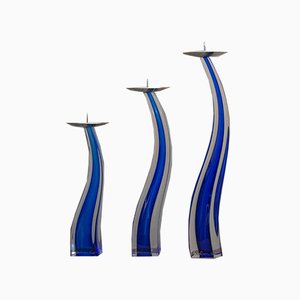
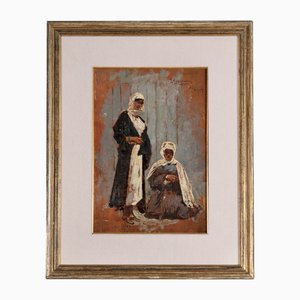
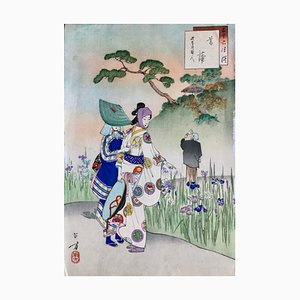
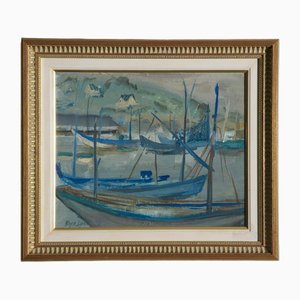

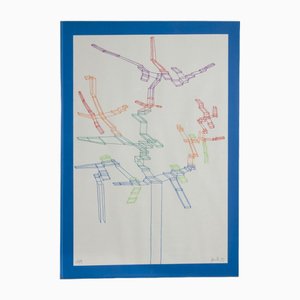

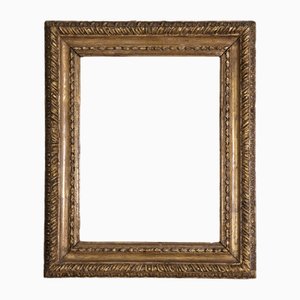
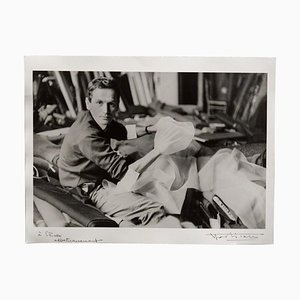
Get in Touch
Make An Offer
We noticed you are new to Pamono!
Please accept the Terms & Conditions and Privacy Policy
Get in Touch
Make An Offer
Almost There!
To follow your conversation on the platform, please complete the registration. To proceed with your offer on the platform, please complete the registration.Successful
Thanks for your inquiry, someone from our team will be in touch shortly
If you are a Design Professional, please apply here to get the benefits of the Pamono Trade Program